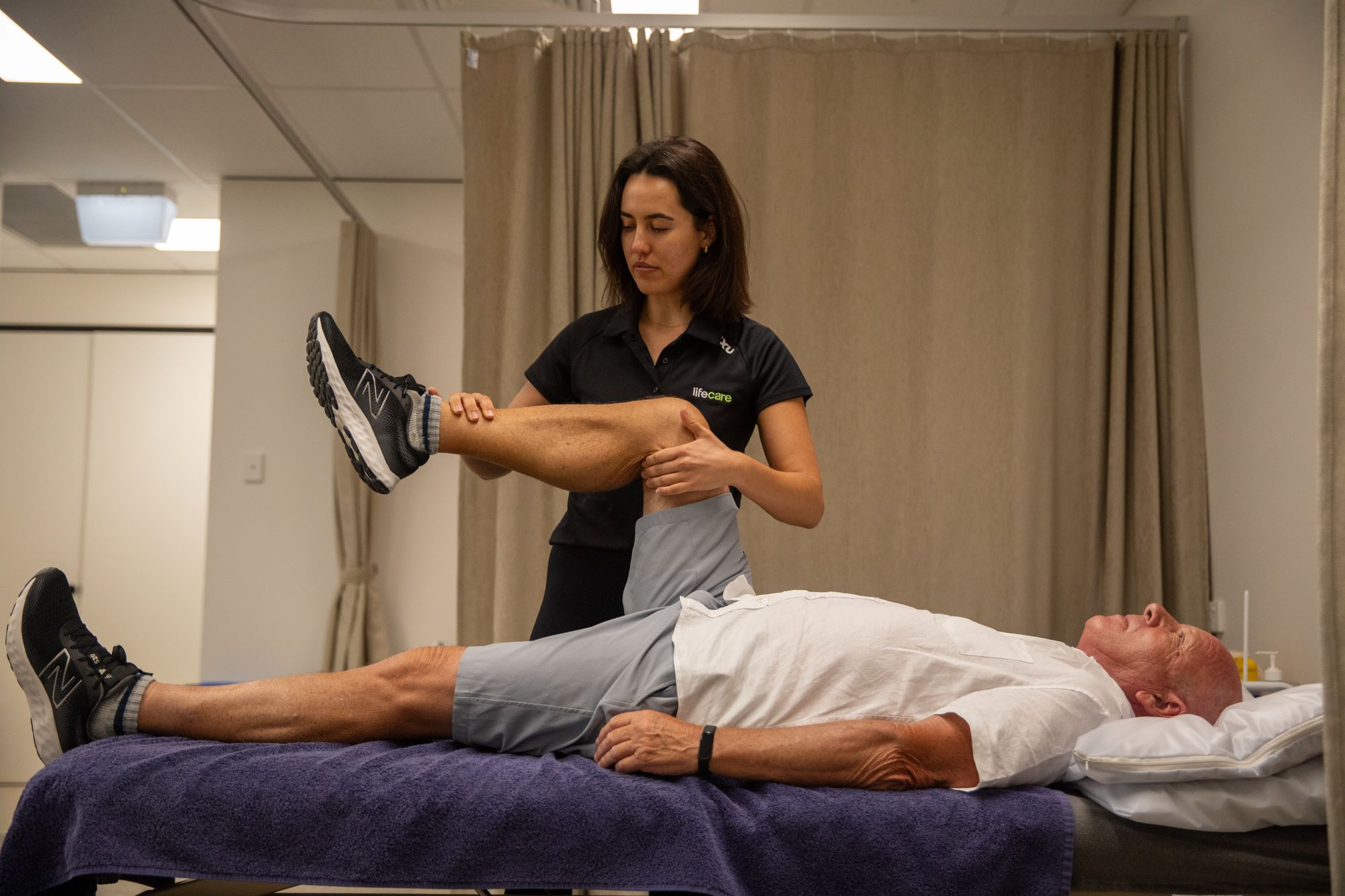Ghislene Goh, Physiotherapist at Lifecare Cockburn.
How could I have runner’s knee? I don’t even run!
Runner’s knee (otherwise known as patellofemoral pain syndrome) got its nickname for a good reason; it’s common amongst runners.
However, this painful condition affects people who don’t run too.
It’s actually one of the most common knee problems, affecting around 25% of the population.
Why does it happen?
Runner’s knee is a condition that can be caused by general overuse, trauma, such as a direct hit to the knee, bones not lining up correctly, problems with feet or the breakdown of cartilage in the knee.
The kneecap (patella) normally moves along a groove in the thighbone (femur).
If the kneecap is not sitting within the groove for the reasons outlined above, the misalignment causes the patella to rub directly against the femur.
Running can irritate the spot where the kneecap rests on the thighbone, as the knee bend action causes increased contact between both the patella and the femur.
Runner’s knee could also occur as a result of having weak hip and buttock muscle control or poor foot posture.
What are the symptoms?
Most people experience a gradual onset of pain that is noticeable during weight bearing activities, such as squatting, running, jumping and landing, going up and down stairs or sitting with a knee bent for a long time.
The area around your knee could swell, or you might hear popping or have a grinding feeling in the knee.
The resulting pain in front or behind the kneecap can be sharp and sudden or dull and chronic and this condition can eventually cause joint degeneration.
Treatment and management
It’s best to take both a short and long term approach to treat and manage this condition.
The primary short-term objective is to reduce inflammation and pain. So rest your knee, ice it and elevate it to ease pain and swelling.
While you get better, you need to take it easy on your knee.
That doesn’t mean you have to give up exercise, just take a break from high impact activities.
Try a lower impact activity that won’t hurt your joint, such as swimming or cycling.
Longer term, working with a physiotherapist or exercise physiologist can help prevent the injury from re-occurring by developing an injury management or rehabilitation plan for you.
As your knee pain improves, you can then gradually return to normal activities.
How can I prevent runner’s knee?
If you want to treat or avoid runner’s knee, add strengthening and stretching exercises into your fitness routine.
Wear quality running shoes and ensure you’re wearing the right shoes for your foot type and gait.
Make sure your foot is well supported and consider orthotics if your shoes don’t address the issue.
Warm up before you work out, try not to run on hard surfaces like concrete, and maintain a healthy weight.
Don’t put up with knee pain when you don’t need to, book an appointment with your local Lifecare physiotherapist to start working towards your goal of safely returning to the fitness routine or active lifestyle that you love.
26 JUNE, 2018

